The males of certain species of copepods, small marine crustaceans, produce some of the most spectacular colors in nature.
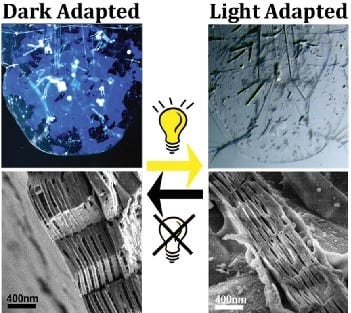

The males of certain species of copepods, small marine crustaceans, produce some of the most spectacular colors in nature.
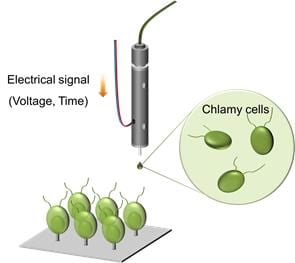
The direct insertion of nanowires into living algal cells using inkjet printing technology is demonstrated.

Researchers have recently used blue-light emitting quantum dots (QDs) and stilbene units to prepare nanocomposites with unusual fluorescence behavior.
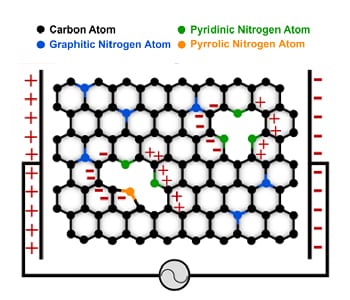
Researchers from the University of Calgary in Canada and Washington State University Tri-Cities in the US manipulated the structure of CNTs by introducing nitrogen between carbon atoms in CNTs, and succeeded in improving the charge storage capacity of CNT/polymer nanocomposites.
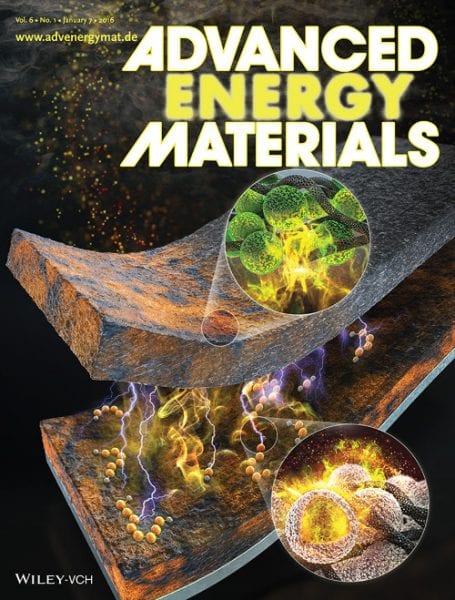
Take a look at the great cover images from the January issues and top five most downloaded articles this month.
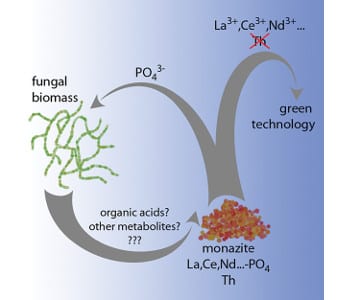
The bioleaching of rare earth elements from monazite sand by fungal strains is more effective and environmentally friendly alternative to conventional chemical extraction approaches.

How can we utilize carbon dioxide to solve the looming climate change problem caused by anthropogenic greenhouse gas emissions?
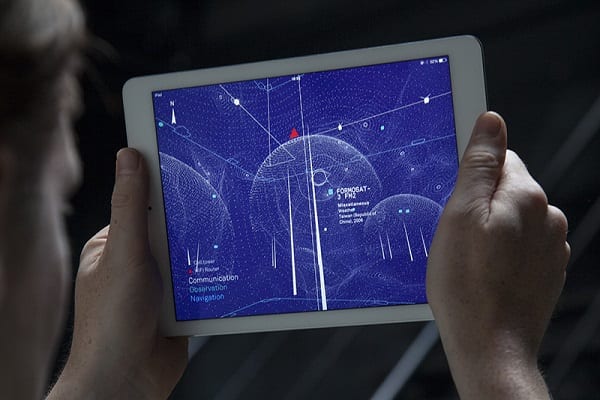
A new tablet application visualizes the surrounding network of signals
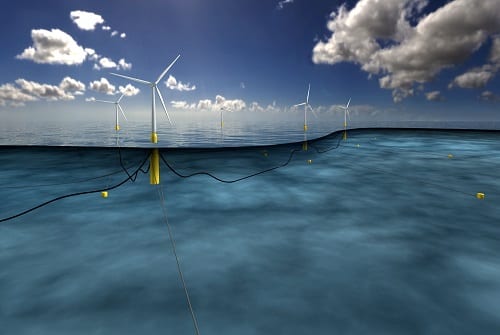
Statoil plans to build the first floating wind farm off the Scottish coast

A team of Chinese scientists have developed an opal-like TiO2 electron transport layer for perovskite solar cells.